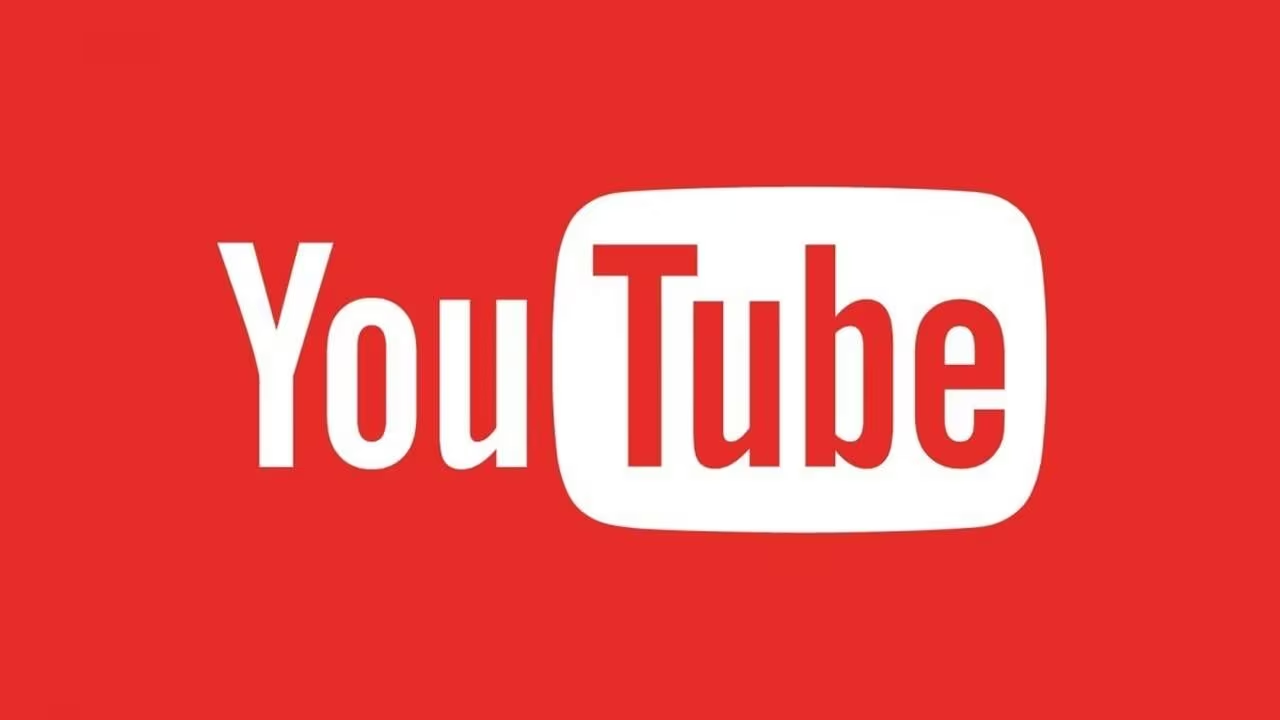YouTube Overhauls Gaming Content Guidelines: What Creators Need to Know
Starting November 17, YouTube implemented significant revisions to its guidelines concerning graphic violence in video game content. This policy update signals a move toward stricter enforcement, meaning a larger volume of gaming videos—particularly those featuring intense gore, dismemberment, or highly realistic violence—will now face age-restriction penalties.
This change has profound implications for the gaming content ecosystem, directly affecting creators who rely on Let’s Plays, walkthroughs, and clip compilations of mature-rated titles. The core consequence is that any video deemed age-restricted loses its eligibility for monetization, posing a direct threat to the revenue streams of thousands of gaming channels.

The Shift in Policy: Less Leniency for Fictional Violence
For years, YouTube maintained a subtle but crucial distinction between real-world violence and violence depicted within video games. Under the previous guidelines, content that was clearly fictional—such as stylized violence, cartoonish gore, or violence central to the game’s narrative—was often permitted without age restrictions, even if it contained elements like dismemberment or excessive blood.
The new policy aims to create a more consistent standard across the platform, treating graphic violence in gaming much closer to how real-world violence is handled. While YouTube has not banned violent gaming content outright, the threshold for what triggers an age restriction has been lowered. This means that even if the violence is clearly simulated and part of a game, if it is sufficiently graphic, it will now be restricted.
Key Changes for Gaming Content:
- Reduced Exception: The previous, more relaxed exception for fictional violence is significantly narrowed. Content that is excessively graphic, even if clearly from a video game, is now more likely to be restricted.
- Standardization: YouTube is attempting to apply a more uniform standard to protect younger audiences, regardless of the source material (film, game, or real life).
- Focus on Intensity: The policy focuses on the intensity and realism of the violence, rather than simply its fictional context. Highly realistic or prolonged scenes of gore and injury are primary targets.
This adjustment reflects the ongoing challenge platforms face in moderating content from modern video games, which often feature stunningly realistic graphics that blur the line between simulation and reality.
The Critical Impact on Content Creators
The most immediate and severe consequence of an age restriction is the loss of advertising revenue. According to YouTube’s policy, videos marked as age-restricted are not eligible for monetization through standard advertising. For professional content creators who rely on ad revenue from high-traffic videos, this policy change represents a significant financial hurdle.
Furthermore, age-restricted videos are less accessible to viewers. To watch age-restricted content, users must be signed in to their Google account and confirm they meet the minimum age requirement. This friction often results in:
- Lower View Counts: Casual viewers who are not signed in or who are under the age threshold cannot easily access the content.
- Reduced Discoverability: Age-restricted videos are often excluded from certain sections of the platform, such as the homepage, trending tabs, and suggested videos, severely limiting their organic reach.

Strategies for Compliance and Appeal
Content creators must now be more strategic about how they present violent gameplay. While the policy is restrictive, it does not prohibit all violent content. Creators can mitigate the risk by:
- Editing: Minimizing or censoring the most graphic moments, such as close-ups of dismemberment or prolonged scenes of gore.
- Contextualization: Ensuring the video is clearly framed as a review, critique, or educational piece about the game, rather than just raw gameplay footage, though this is not a guarantee against restriction.
- Appeals Process: If a video is age-restricted, creators retain the right to appeal the decision. YouTube’s human review team will then re-evaluate the content against the updated guidelines.
“The challenge for creators is finding the balance between showcasing the game accurately and adhering to the platform’s increasingly strict standards designed to protect all audiences. Every edit now carries a potential financial consequence.”
Broader Implications for the Gaming Industry
This policy shift reflects a growing trend of major platforms prioritizing safety and brand-friendliness over unfettered content creation. As video games become more photorealistic, the distinction between fictional and real violence becomes harder for automated systems and human moderators to consistently judge.
The move puts pressure not only on creators but potentially on game developers themselves. Developers of highly anticipated, graphically intense M-rated games may see their promotional content and community-driven marketing efforts hampered if core gameplay footage is immediately relegated to age-restricted status.

Key Takeaways for the YouTube Community
For viewers, creators, and industry professionals, understanding the practical effects of the new guidelines is essential:
- Policy Effective Date: The stricter enforcement began on November 17, impacting content uploaded on or after that date, and potentially leading to retroactive review of older content.
- Monetization Risk: Age-restricted videos are not eligible for advertising, leading to direct revenue loss for creators.
- Viewer Access: Viewers must be signed in to view age-restricted gaming content, potentially reducing overall viewership and discoverability.
- Content Focus: Creators must exercise greater caution when featuring excessive gore, dismemberment, or highly realistic injury in their video game footage.
- Actionable Step: Utilize YouTube’s appeal process if a video is restricted incorrectly, but prepare for a higher volume of initial restrictions.
Conclusion
YouTube’s decision to tighten its graphic violence guidelines for video game content marks a significant step toward platform standardization. While the intent is to create a safer, more consistent viewing environment, the immediate effect is a substantial increase in the regulatory burden on gaming content creators. Channels focusing on mature titles must now adapt their production and editing practices to navigate the new, narrower path to monetization, ensuring that their content, while entertaining, remains compliant with the stricter definition of acceptable fictional violence.
Original author: Lan Pitts
Originally published: October 29, 2025
Editorial note: Our team reviewed and enhanced this coverage with AI-assisted tools and human editing to add helpful context while preserving verified facts and quotations from the original source.
We encourage you to consult the publisher above for the complete report and to reach out if you spot inaccuracies or compliance concerns.

